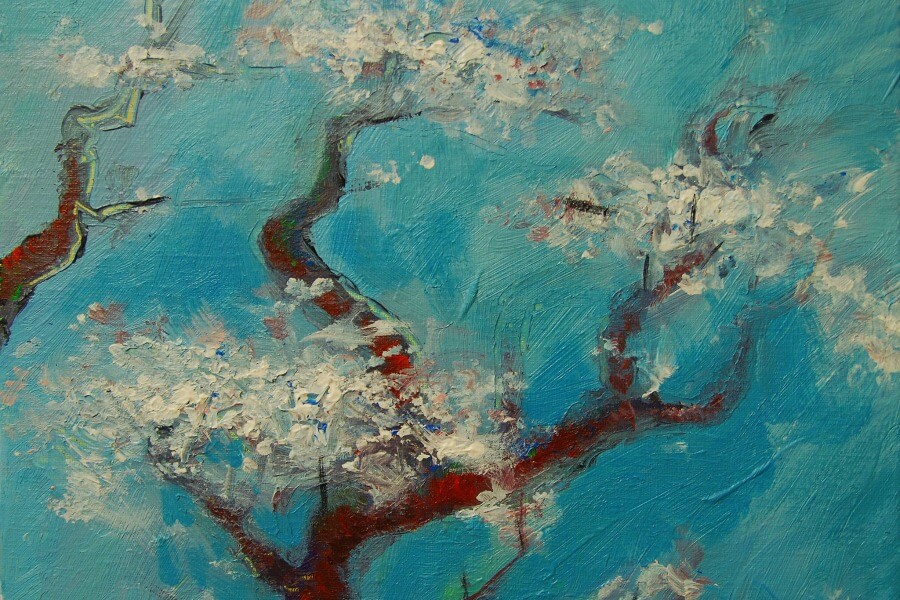Present
around the world
In 2005, CIRAM revolutionised science for art by defining a new approach based on high scientific standards and constructive dialogue with the market.
Since then, on all continents, many players in the art and heritage market have placed their trust in us on a daily basis.
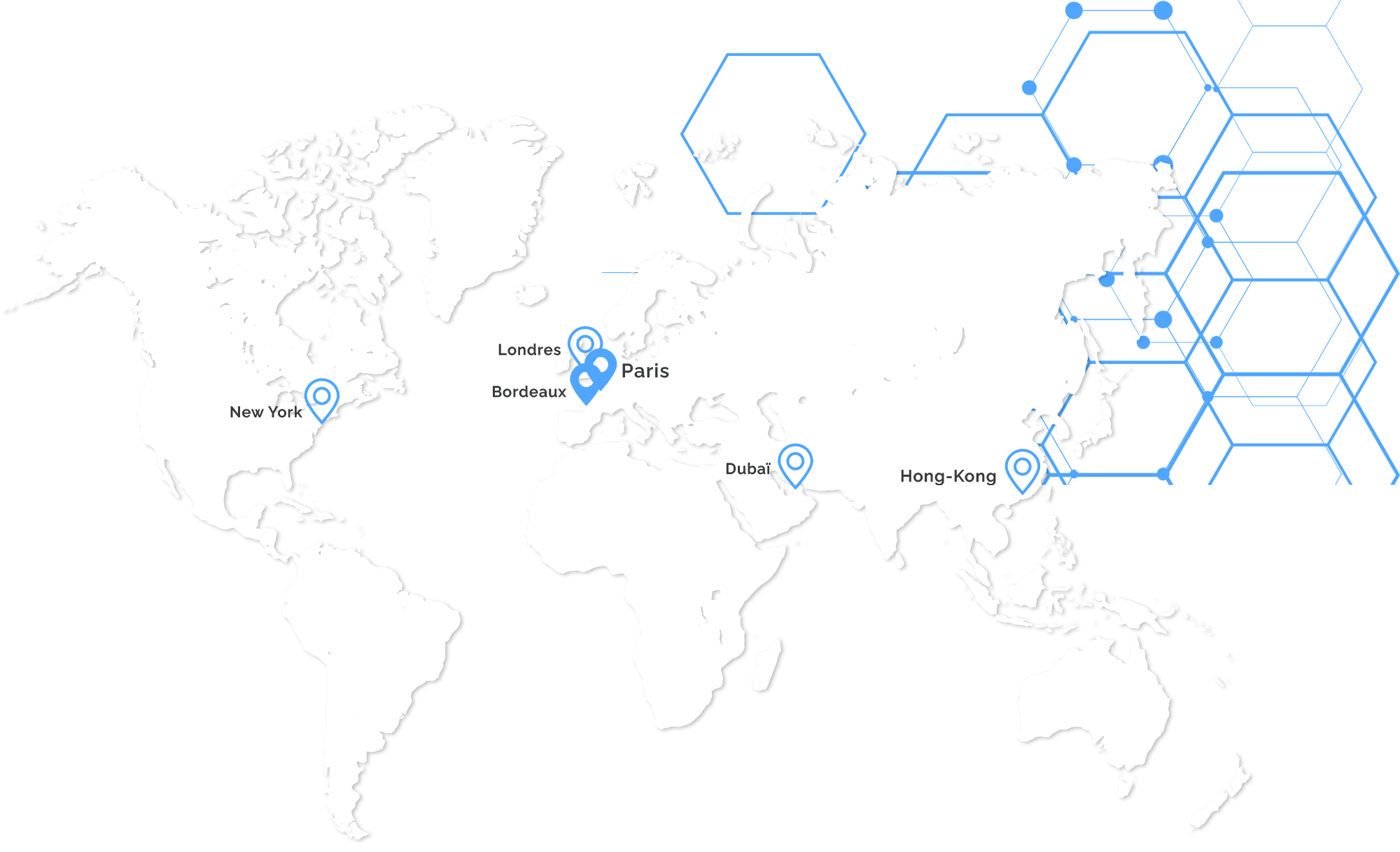
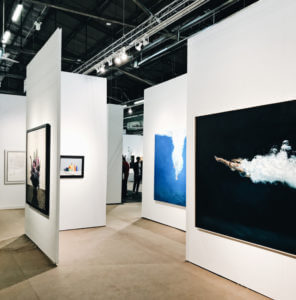
New York - Hong Kong
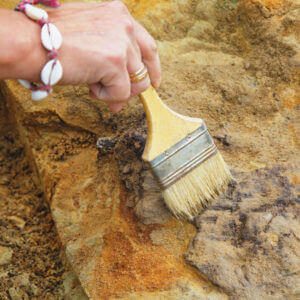
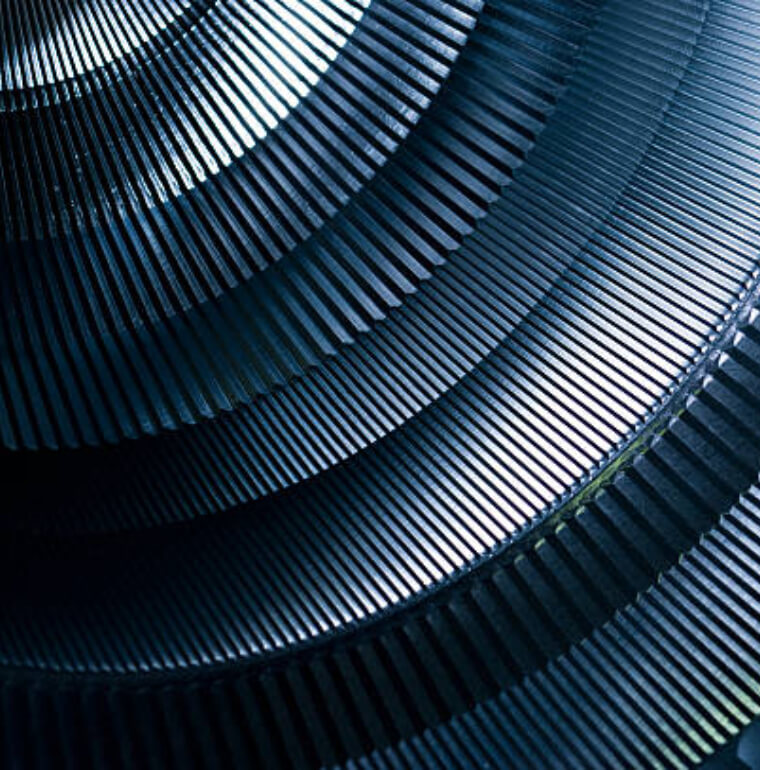
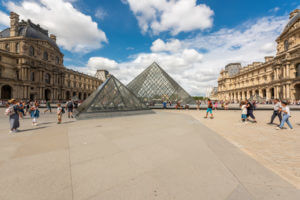
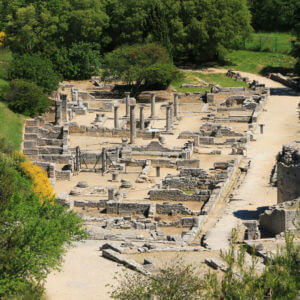
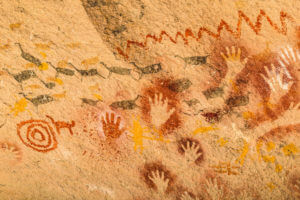
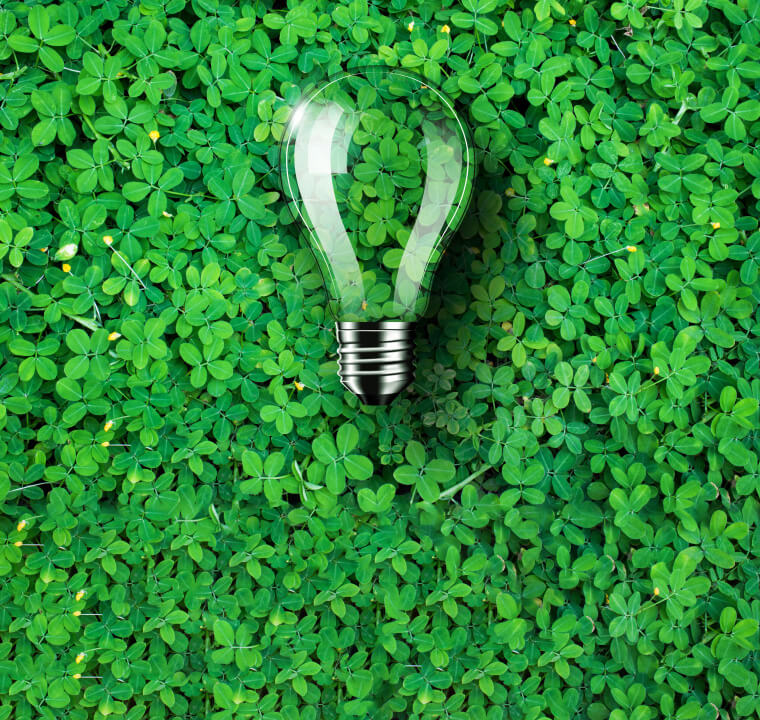
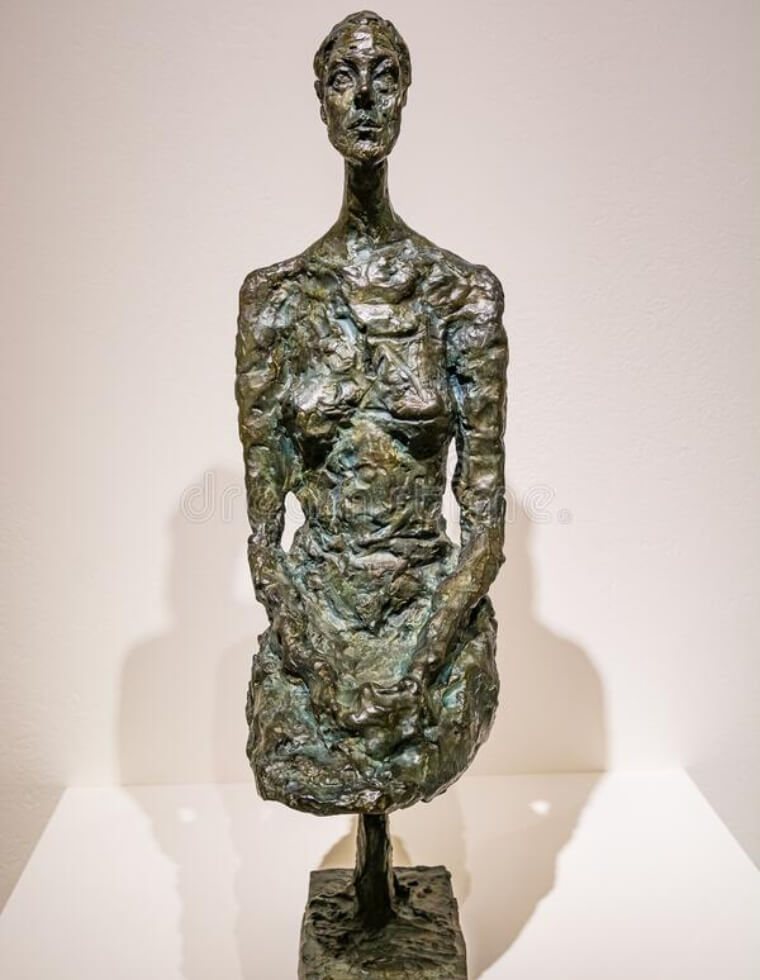

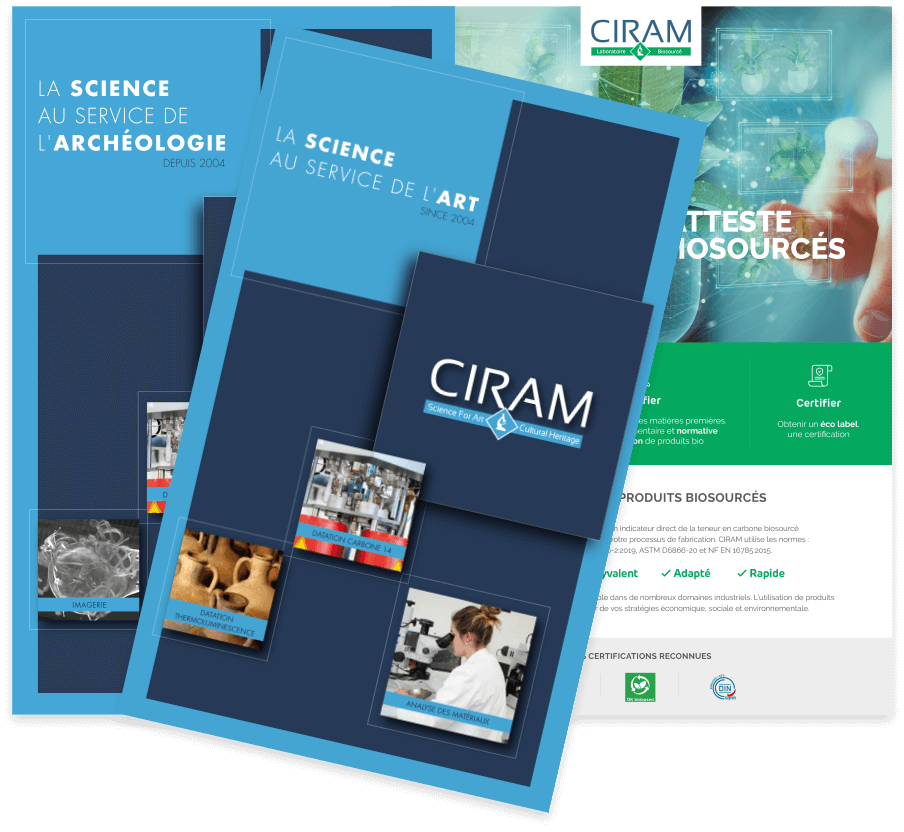

CIRAM laboratories are specialized in dating of your works of art, your archaeological artifacts, as well as the analysis of your biobased products worldwide.
Thanks to the know-how and experience of our scientists as well as state-of-the-art equipment, CIRAM is a specialist in radiocarbon dating and the analysis of your biobased products.
Thermoluminescence dating, carbon-14 dating, microanalysis, spectrometry, discover all our methods as well as our fields of application.
CIRAM, analytical laboratory for the art market
For more than seventeen years now, CIRAM laboratories have been revolutionizing science in the art market worldwide.
Museums, antique dealers, auction houses or institutions trust us for the dating and authentication of their works of art.
Thanks to our scientists and rigorous and relevant analyses, we deliver a rigorous and reliable expertise.
The dating of all materials
It is possible to date and analyze all works. In our laboratories, we study objects composed of:
- Wood, ivory, paper and textile by carbon-14 dating;
- Terracotta, earthenware and ceramics by thermoluminescence to date the last firing of the material;
- Bronze, iron, silver and gold by scanning electron microscopy;
- Glass and enamel by X-ray fluorescence;
- All stones by optical and electron microscopy.
For the dating of artworks, we mainly use carbon-14 or thermoluminescence dating, but it is possible to couple them with other methods to obtain an accurate result.
The analysis of paintings
The dating of a painting or a pictorial work also allows the authentication of the object, it is also a preliminary step in the framework of a restoration.
To analyze a painting, we proceed by imaging with:
- Grazing light: a technique carried out using a halogen lamp. It allows us to define the state of conservation of the varnish and pictorial layers as well as the presence of alterations or the presence of restorations already made;
- Natural light;
- Ultra-violet imaging: this method makes visible the surface repaints present on the varnish;
- Transmitted light;
- X-ray radiography: highlights areas of restoration and gives an idea of the general state of conservation of the painting;
- Infrared reflectography: which will reveal the preparatory drawings as well as a hidden signature.
Laboratories for the analysis of materials found in archaeological contexts
The CIRAM laboratories also work with objects found in archaeological contexts. In these cases, we offer, in addition to laboratory analysis by sample, to come to the site with mobile equipment to analyze the remains in context.
CIRAM performs dating and material analysis services for preventive archaeology.
Dating and characterization in archaeology
Carbon-14 dating is the first analysis done in archaeometry. This analysis technique allows us to date all organic materials, we measure the 14 isotope of carbon present in the material.
To meet all your needs and constraints related to archaeology, our laboratory scientists also offer:
- Isotopic analysis: the isotopes of carbon, nitrogen and sulfur give important information about the diets of the time. We use this analysis technique on bones and teeth;
- Organic residue analysis: this allows us to study the remains of food or drink contained in archaeological artifacts;
- X-ray imaging and 3D tomography: our teams examine artifacts using imaging to check the state of conservation in real time without touching the object;
- Anthracology and xylology: our scientists also analyze the wood or charcoal. Thanks to their knowledge, our teams study the properties of wood and identify species or species.
By combining all the methods, the analysis of your objects in an archaeological context is both reliable and complete.
Bio-based analysis laboratories
CIRAM laboratories verify, analyze and certify your bio-based products. Our scientists use EN 16640, ASTM D6866, EN ISO 21644, EN ISO 16620, EN 16785.
Our laboratories:
- Measure the biobased vs fossil fraction in products to define the natural and the synthetic parts;
- Check raw materials and validate regulatory and normative compliance;
- Certify products to obtain an eco-label or other certification.
The fields of application of our analyses
The CIRAM laboratories offer the analysis of biobased products in the fields:
- Food;
- Biofuels;
- Biopolymers;
- Cosmetics;
- Construction;
- Pigment, paper, packaging;
- Solid recovered fuel.
CIRAM laboratories, the reference for analysis and dating
For more than seventeen years, CIRAM laboratories have been the reference for the dating and characterization of your objects in an archaeological context or in the art world.
Microanalysis, metallography, spectrometry, chromatography, imaging, etc. For more information on our fields of application and analysis, contact us.


